Security breaches, counterfeit goods, and tampering threats cost industries billions annually. And the solution is to invest in tamper-proof solutions. By implementing these solutions, businesses can significantly reduce financial losses, protect their brand reputation, and enhance consumer trust.
So, what exactly are tamper-proof solutions? Well, in this article, we will talk in detail about the concept of tamper-proof solutions, their applications in various fields, and the key benefits they offer. Let’s get to it.
What Does Tamper-Proof Mean?
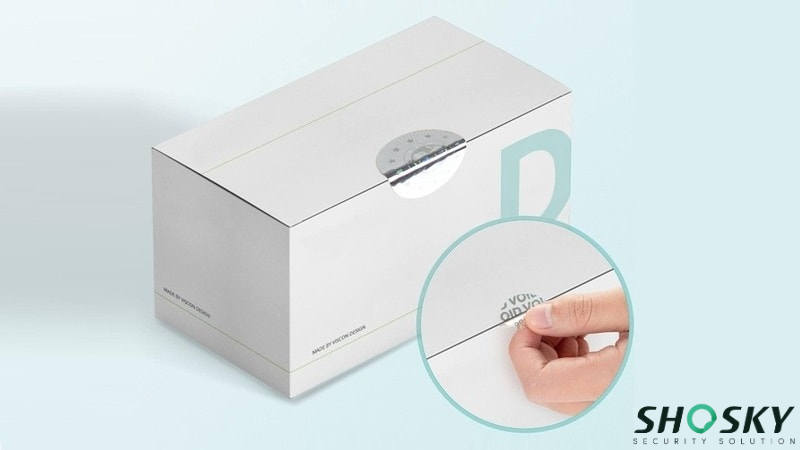
Tamper-proof refers to a design or mechanism that prevents unauthorized access, interference, or manipulation of an object, product, or system. The primary goal of tamper-proof solutions is to ensure that the item remains intact and secure, providing clear evidence if any tampering occurs.
These solutions are widely used in industries where security and integrity are critical. Here are a few of the industries where tamper-proof solutions are used:
- Packaging: Protect food, medicine, and cosmetics from tampering.
- Electronics: Prevent unauthorized repairs and device counterfeiting.
- Banking: Secure cash and valuables with tamper-evident solutions.
- Logistics: Ensure product integrity during storage and transit.
By incorporating tamper-proof measures, businesses can enhance trust, comply with regulations, and reduce risks associated with tampering. Whether protecting assets or ensuring product safety, tamper-proof solutions are essential in today’s security-conscious environment.
Tamper Proof vs. Tamper Resistant vs. Tamper Evident Packaging
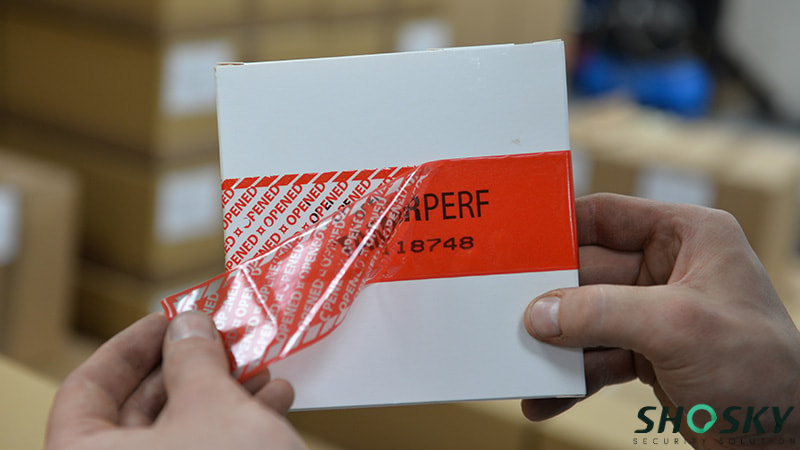
When it comes to securing products, understanding the differences between tamper-proof, tamper-resistant, and tamper-evident packaging is essential. Each offers distinct levels of protection based on the nature of the product and the security requirements.
Tamper-Evident Packaging
Tamper-evident solutions focus on revealing unauthorized access. While they don’t prevent tampering, they leave visible signs of interference, ensuring the integrity of the goods can be verified. This approach is cost-effective and widely used across industries.
Common examples include breakaway caps on beverage bottles, blister packs for medications, shrink bands, and security tapes that leave a visible “VOID” message upon removal. These solutions are ideal for ensuring consumer safety and maintaining trust in lower-risk products.
Tamper-Resistant Packaging
Tamper-resistant packaging is designed to deter tampering by making it more difficult to access the contents. While not completely foolproof, these solutions significantly increase the effort and time required to manipulate the packaging, discouraging unauthorized access.
Common examples of tamper-resistant designs include soda cans with pull tabs, vacuum-sealed packaging for food products, and child-resistant caps on medicine bottles. These options are especially suited for low to medium-value goods, offering a balance between security and practicality.
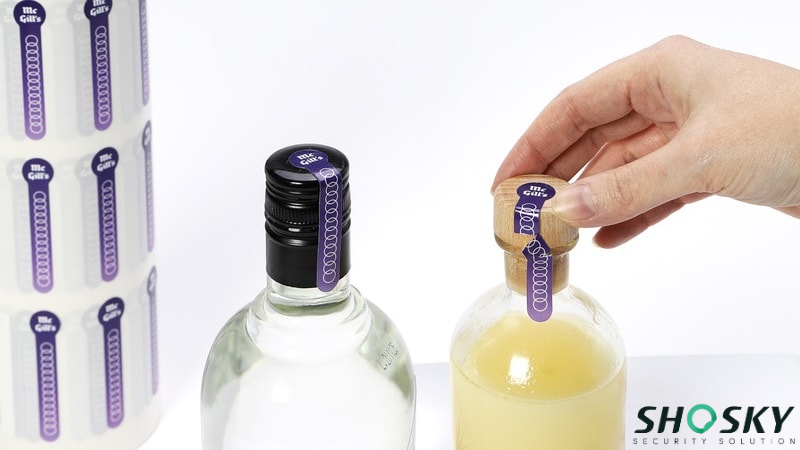
Tamper-Proof Packaging
Tamper-proof packaging provides the highest level of protection and is designed to prevent unauthorized access entirely. These mechanisms are engineered to be virtually impossible to breach without destroying the package or leaving it unusable.
Common examples include tamper-proof seals used to secure medicine or security tags on clothing. This level of protection is essential for high-value or sensitive products, such as pharmaceuticals, electronics, and luxury goods.
| Feature | Tamper-Proof | Tamper-Resistant | Tamper-Evident |
|---|---|---|---|
| Definition | Designed to prevent tampering completely | Difficult to tamper with but not impossible | Shows clear signs if tampered with |
| Purpose | Ensures products cannot be accessed or altered without rendering them unusable. | Deters tampering by adding barriers to access. | Alerts users to possible tampering attempts. |
| Security Level | Highest | Moderate | Low to Moderate |
| Cost | Expensive | Moderately Expensive | Inexpensive |
| Durability | Extremely robust, often single-use | Strong but accessible with effort or tools | Generally less durable, focuses on detection |
How Do Tamper-Proof Solutions Work?
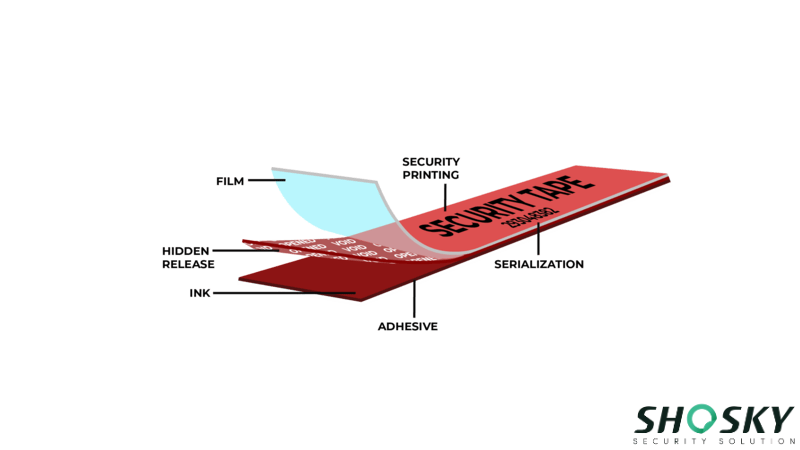
Tamper-proof solutions work by combining materials, design, and technology to prevent unauthorized access or interference with products, documents, or systems. These solutions are engineered to either resist tampering attempts or make any unauthorized action easily detectable, ensuring security and integrity.
Materials
The effectiveness of tamper-proof solutions begins with specialized materials. For instance, tamper-evident tapes and labels are often made with ultra-destructible materials that break apart when removal is attempted.
Besides, special adhesives are chosen to bond securely to surfaces, ensuring tampering leaves visible evidence like residue or damaged seals.
Advanced materials, such as holographic films or RFID-enabled components, are also used to provide additional layers of protection by integrating tracking or anti-counterfeiting features.
Design
Design features are critical for tamper-proofing. Many tamper-proof solutions include visual indicators like void messages, which appear when a seal or label is removed. Others rely on mechanical designs, such as breakable seals, that irreversibly change when tampered with. You also have a choice to select customizable designs.
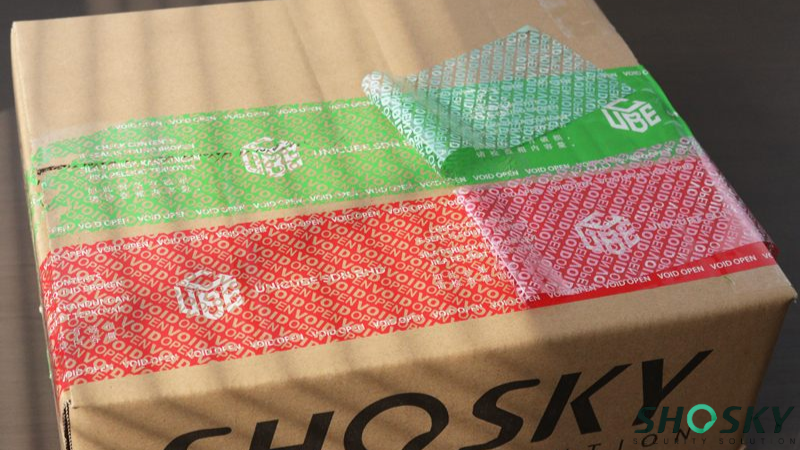
Customizable designs further enhance security measures by tailoring features to specific needs, such as residue-free seals for certain applications or temperature-sensitive indicators for regulated environments like healthcare.
Technology
Tamper-proof solutions often incorporate advanced technology to enhance security. RFID tags enable real-time tracking, ensuring products remain accounted for throughout the supply chain.
Thermochromic inks or holograms make tampering attempts detectable through visual or physical changes. Barcodes and QR codes offer traceability and authentication, further strengthening tamper-proof capabilities.
Together, these elements create a comprehensive defense against tampering. When tampering is attempted, the materials or designs react in specific ways—breaking, leaving residue, or displaying clear tamper evidence.
By integrating innovative materials and technologies into smart designs, tamper-proof solutions safeguard goods, protect businesses, and ensure customer trust. They are essential tools in combating tampering, theft, and counterfeiting across industries.
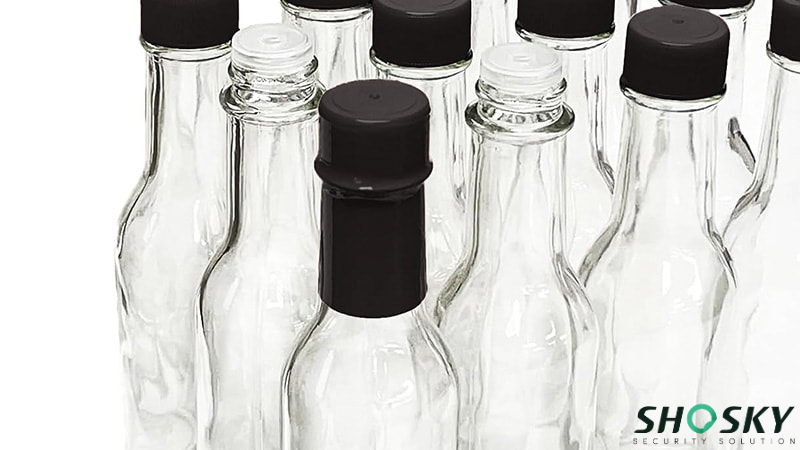
Common Applications of Tamper-Proof Solutions
Tamper-proof solutions are a diverse set of tools with near-limitless applications. Here are the most popular applications.
Logistics and Supply Chain
With the exponential increase in global shipping, the need for product safety has also increased. Container security seals ensure the integrity of shipments and cargo during long transportation routes. High-security, tamper-proof seals are commonly used for shipping containers and last-mile delivery trucks.
Digital tracking solutions provide excellent tamper resistance for large cargo. GPS-tracked locks and RFID-enabled security tags are must-haves for high-value products. For low-value products, tamper-evident tape with unique designs and serialized security seals is more than enough.
Some popular container seals include tamper-evident plastic seals, tamper-resistant bolt seals, and tamper-proof locking bars or electronic seals.
Pharmaceutical Applications
The pharmaceutical industry regularly uses tamper-proof packaging and seals to maintain sterility. The slightest damage to the packaging can expose the insiders to the outside air, compromising the integrity of the products.
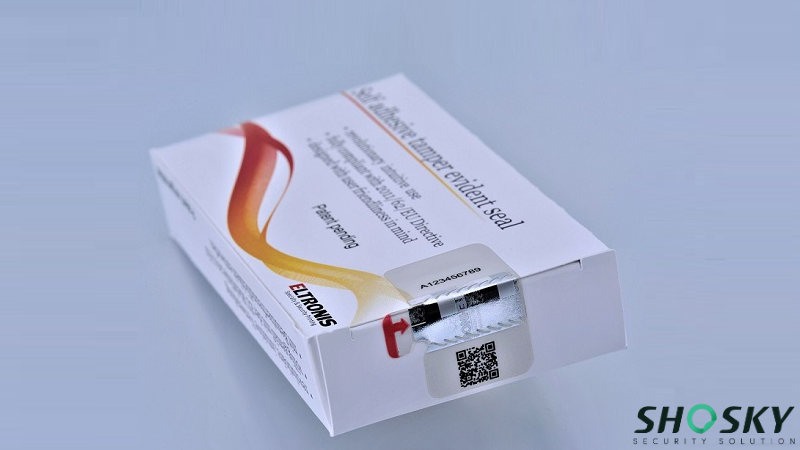
Tamper-proof caps, blister packs, and bottle induction seals are ideal for securing medicines. Similarly, single-use plastic and foil packaging is used for medical equipment such as syringes and surgical blades.
Food and Beverage Packaging
The food and beverage industry shares many similarities with the medical industry. Both must use tamper-resistant solutions to prevent contamination. Although certain food packaging, like canned goods, utilizes tamper-proof packaging, these are outliers.
Most food manufacturers use tamper-resistant packaging because it is less expensive to implement. Breakaway bottle caps are the most common form of tamper-resistant packaging. They are easy to break but very difficult to replace.
In the unlikely chance that someone tampers with a water bottle, it’s more cost-effective to discard the tampered bottle and replace it with a new one. Hence, it is more important to have tamper evidence for low-value goods than to invest in tamper-proof seals.
Technology and Data Security
In recent years, technology has become a critical part of our lives. So, now more than ever, it’s important that we take the necessary steps to secure our data. Tamper-proof technology solutions can be software or hardware-based. Software solutions include encryption, secure boots, data logging, and real-time monitoring tools.
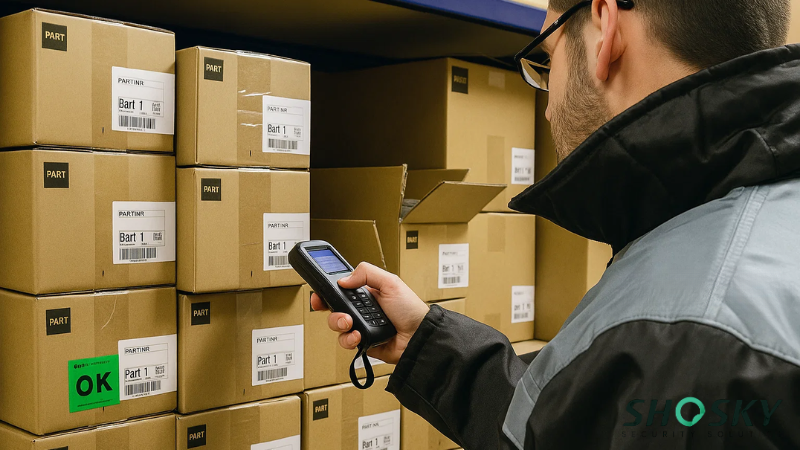
Hardware tamper resistance is a broader term encompassing several tamper-resistant mechanisms. A common data security solution is hardware security modules (HSMs), which act as a digital set of keys only authorized personnel can use.
Financial Security
Finally, we have security for confidential documents and financial services. Perhaps the most important type of security for many businesses. Tamper-proof envelopes and bags are generally recommended for all financial documentation to ensure maximum safety. Secure bags and seals are required for cash and other tangible financial investments.
Some common examples include security tags on cash boxes, tamper-evident packaging for jewelry, and security seals for cash bags.
5 Benefits of Using Tamper-Proof Solutions
This article has covered many of the benefits of tamper-proof solutions. But let’s take a moment to discuss the benefits that tamper-evident, tamper-resistant, and tamper-proof solutions provide to your business.
1. Product Safety
Tamper-evident features help promote product safety and reliability. Product safety is even more critical when the products are consumable and perishable. Prominent tamper-evident or tamper-resistant packaging is a necessary part of doing business.
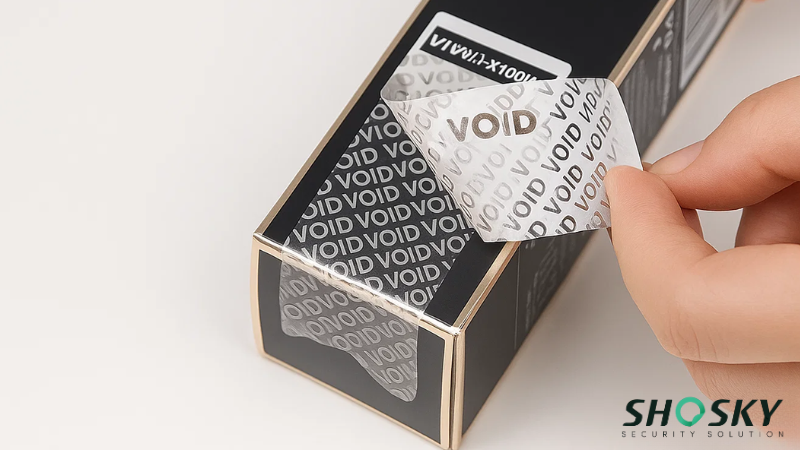
2019 saw a viral ice cream challenge trend gain popularity with American youth. Kids would go to a supermarket, open an ice cream tub, lick it, and set it back in the refrigerator. Five years later, individuals frustrated by inflation were seen siphoning liquid from detergent bottles.
The ice cream story is disturbing because most businesses don’t use tamper-evident packaging. Such actions directly harm the buyer who receives contaminated goods, while businesses are indirectly affected as consumers no longer have faith in their product quality.
2. Quality Control
Tamper-resistant packaging also helps companies ensure consistent product quality across different stores. Apple famously uses high-quality tamper-evident sealing techniques for its product boxes. A damaged seal indicates the product’s integrity has been compromised.
Today, a product goes through several checkpoints before landing in the customer’s hand. It is shipped from the factory to a warehouse, then to various local and international markets, where local distributors bring it to retail stores.
Someone can tamper with the goods at any point during the transportation process, rendering them damaged or useless to the consumer. When importing goods or buying them from a third party, always ensure the original product seals and packaging are intact.
3. Customer Trust
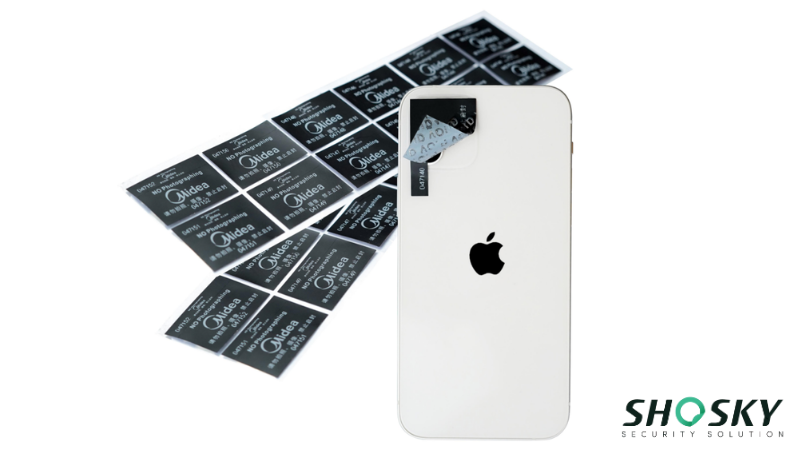
In today’s competitive market, customer trust is a key factor in driving brand loyalty. Tamper-proof packaging helps build that trust by assuring consumers that the product they are buying has not been altered or compromised.
When shoppers see tamper-evident seals, they feel more confident about the safety and authenticity of the product. This, in turn, enhances brand credibility and reputation over time.
The 2019 ice cream scandal revealed how consumers are more likely to trust brands that use tamper-resistant packaging. After the incident, many consumers turned to brands known for secure, tamper-evident packaging. A strong focus on safety reassures customers and strengthens their emotional connection with the brand, which can lead to increased repeat purchases.
4. Financial Incentives
While the initial cost of implementing tamper-proof solutions might seem high, businesses stand to gain financially in several ways. Tamper-evident seals act as a deterrent for theft, reducing the likelihood of stolen or tampered products, which can cause significant financial losses. Even low-cost indicative seals can make it more difficult for potential thieves to alter products without being detected.
Additionally, tamper-evident packaging is more challenging to counterfeit. As a result, it helps reduce the risks of fraud or imitation products entering the market, protecting both consumers and the brand.

Businesses also save on the costs of handling returns due to tampered products, preventing lost sales and wasted resources. In the long run, tamper-proof solutions can lead to greater profitability and operational efficiency.
5. Legal & Regulatory Compliance
For businesses ordering tamper-proof security solutions, it is a good practice to choose brands that meet the necessary legal and regulatory compliance.
Regulatory compliance helps international sellers gain trust in the local markets. Brands that do not adhere to safety and security protocols can also suffer serious penalties. Legal requirements are more stringent in the healthcare, food, and finance industries.
Global Standards & Certifications for Tamper-Proof Solutions
Tamper-proof solutions must live up to the standards outlined by various regulatory bodies. Some of these regulations are more relaxed than others.
For businesses that rely on tamper-proof packaging, meeting international standards is essential. These regulations not only ensure product security but also help companies maintain compliance, protect consumers, and build trust in global markets. Some of the most important standards and certifications include:
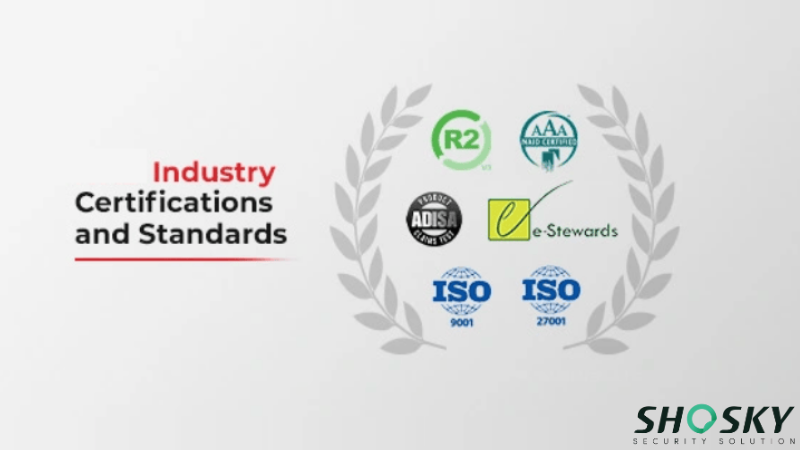
- ISO– The International Organization for Standardization has a standard 17712 that outlines security seal requirements for freight/shipping containers.
- CTPAT– The Customs-Trade Partnership Against Terrorism outlines security compliance for all cross-border trade from and to the United States.
- TIR– The Transports Internationaux Routiers oversees security compliance for cross-border trades throughout the European Union.
- FDA– The US Food and Drug Administration requires tamper-resistant packaging for over-the-counter drugs and medications.
By following these global standards, companies can ensure their tamper-proof solutions meet industry expectations, reduce the risk of supply chain threats, and maintain compliance in different regions.
How to Choose the Right Tamper-Proof Solution?
Choosing the right tamper-proof solution requires a thorough understanding of your product’s value and security needs. Here are four key factors that will help you choose the right solution for your business needs:
Level of Security Required
Determine the level of security your product demands. Low-value, non-consumable products don’t need expensive tamper-resistant or tamper-proof packaging. However, we recommend sealing food and medicine in tamper-resistant packaging. Choose an appropriate anti-tamper solution once you have identified your desired security level.
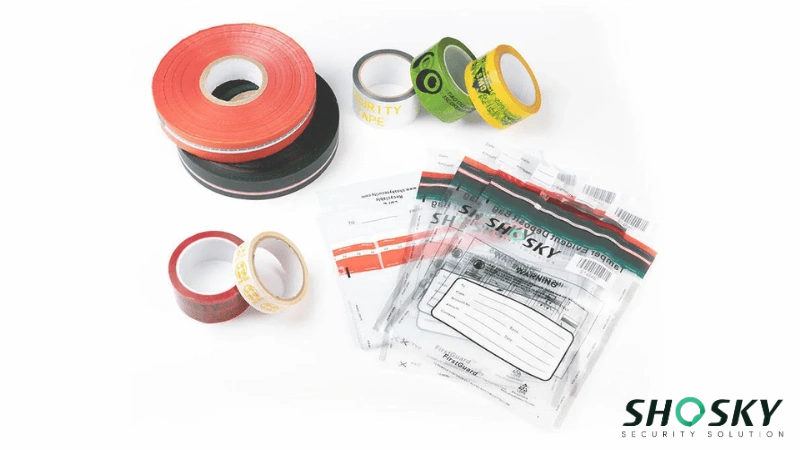
Application Context
Identify the condition in which your tamper-proof solution will operate. Check weather conditions and highlight transit time. Now, match the outside conditions with your product type (e.g., liquids, perishables, or sensitive documents). Select a tamper-proof seal that best suits your product without compromising on durability.
Industry Requirements
Some industries require manufacturers to adhere to strict regulations and comply with governmental bodies. For example, the FDA outlines tamper-resistant packaging requirements for all US pharmaceuticals. Ensure your anti-tamper solution complies with industry and state regulations.
Ease of Use
Ease of use is a major selling point for any security mechanism. An intuitive design is easy to teach and consistently implement. For sellers, it makes securing products easier, and for customers, it makes verifying the integrity of the security seal easier, too.
| Industry | Common Applications | Features |
|---|---|---|
| Pharmaceuticals | Shrink seals, blister packs, and induction seals. | Tamper-evident, single-use designs |
| Food & Beverage | Shrink bands, pull tabs, and vacuum sealed packaging. | Visible tamper signs, freshness indicators. |
| Logistics | Container seals, security seals, and GPS locks. | Durable, traceable, anti-theft |
| Technology | Hardware enclosures, secure chips, and software encryption. | Anti-tamper coatings, encrypted modules |
| Financial Services | Tamper-proof envelopes, cash bags, and sealed enclosures. | Secure handling, visible tamper alerts |
FAQs
Q1: How can I tell if a product is tamper-proof?
A product with sturdy packaging or a strong seal on the container is most likely tamper-proof.
Q2: Are tamper-proof seals reusable?
No, most anti-tamper seals are single-use. However, some rare devices are reusable, like a locking bar with a key lock or an electronic seal.
Q3: Can tamper-proof packaging be recycled?
Recyclability depends on the material of the packaging. Check for recyclable symbols on the packaging.
Conclusion
Tamper-proof systems are an essential part of modern business strategies. They reduce risks, ensure compliance, and create a safer environment for consumers. And as the demand for secure solutions grows, businesses must prioritize these measures to stay ahead in their industries. Don’t wait—just secure your products and reputation today with tamper-proof solutions.
Get the Best Tamper-Proof Seals from Shosky!
Partner with Shosky Security to take the next step in protecting your products and reputation. With our innovative tamper-evident solutions customized to meet your unique needs, you can safeguard your business with confidence. Contact us today to explore tailored solutions that deliver both quality and peace of mind!

